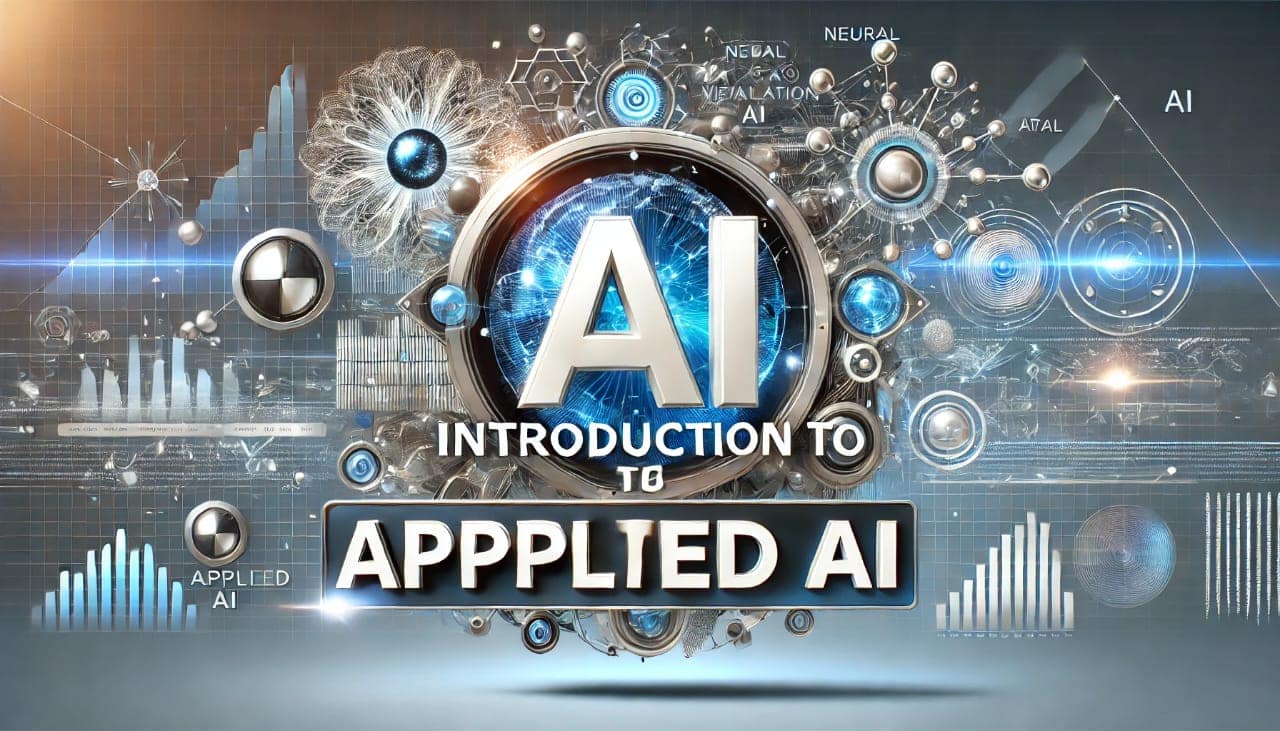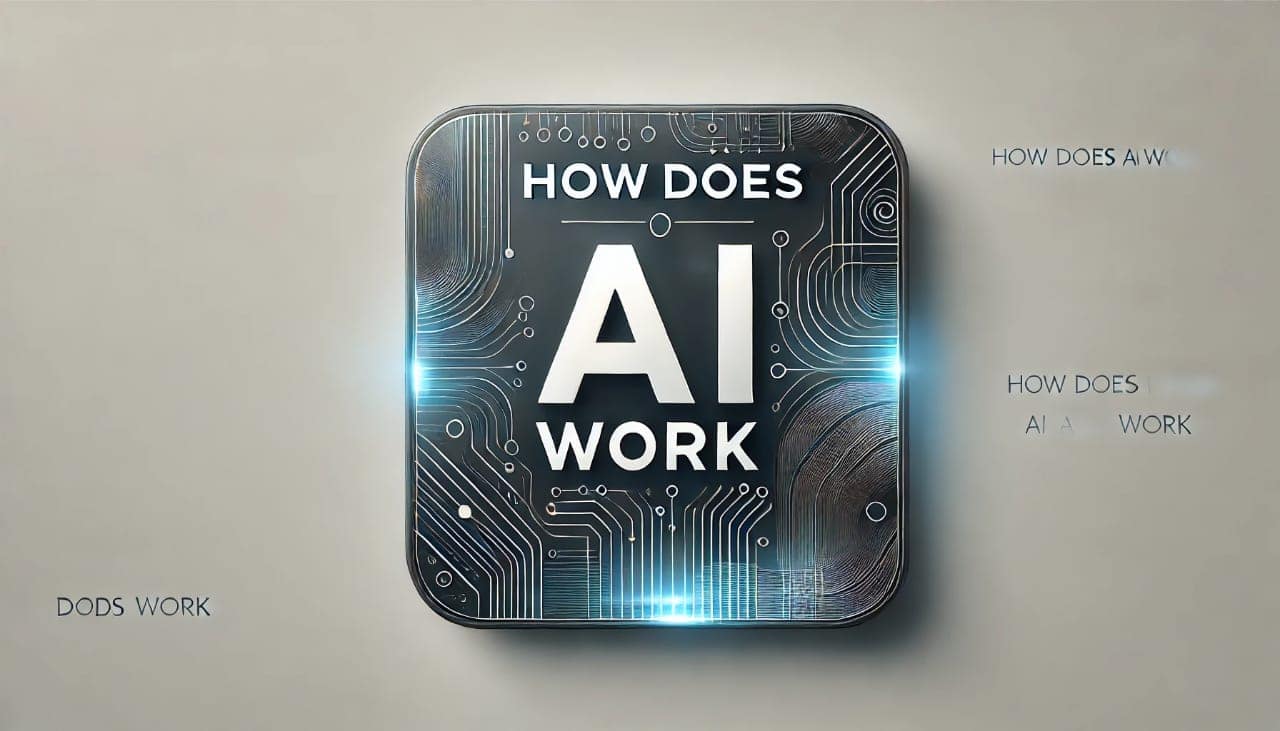
Types of Agents in AI: Exploring the Foundations of Intelligent Systems
Types of Agents in AI
Agents in Artificial Intelligence (AI) are entities designed to perceive their environment and take actions to achieve specific goals. Their behaviors and capabilities vary significantly, ranging from basic reflexive responses to advanced learning and decision-making. This blog explores the various types of AI agents, their characteristics, and examples, providing a comprehensive understanding of their roles in problem-solving.
Complete Advance AI topics:- CLICK HERE

1. Simple Reflex Agents
These agents operate solely based on the current input, ignoring past states or future possibilities. Their decisions rely on predefined rules tied to present conditions.
Characteristics:
- Reactive: Directly responds to current sensory input.
- Fast Response: Provides quick decision-making for straightforward environments.
- Lack of Memory: Cannot adapt to dynamic or evolving scenarios.
Example:
A thermostat activates heating when the temperature falls below a threshold, without considering past data or future forecasts.
2. Model-Based Reflex Agents
Building on simple reflex agents, these agents maintain an internal model of the environment, enabling them to predict and adapt to changes.
Characteristics:
- Contextual Understanding: Incorporates both current input and historical data.
- Improved Decision-Making: Handles more complex scenarios.
- Resource Intensive: Requires significant computational capacity for modeling.
Example:
A self-driving car uses road maps, traffic rules, and past experiences to navigate safely, adapting to changing conditions.
3. Goal-Based Agents
These agents are guided by predefined objectives. By combining environment models and search methods, they devise action sequences to achieve their goals.
Characteristics:
- Purposeful: Operates with specific goals in mind.
- Strategic: Plans actions to optimize goal achievement.
- Adaptive: Adjusts goals based on environmental changes.
Example:
A delivery robot calculates the best route to deliver a package, considering current location, obstacles, and destination.
4. Utility-Based Agents
Utility-based agents evaluate the quality of outcomes, not just goal completion. They use utility functions to make decisions that maximize satisfaction.
Characteristics:
- Multi-Criteria Analysis: Balances factors like cost, risk, and preferences.
- Trade-Offs: Makes informed decisions even in uncertain environments.
- Complex: Requires sophisticated modeling and algorithms.
Example:
An investment advisor algorithm considers returns, risks, and preferences to recommend optimal portfolios.
5. Learning Agents
These agents improve performance over time by learning from experiences. They consist of:
- Learning Element: Updates knowledge based on feedback.
- Performance Element: Executes actions.
- Critic: Evaluates outcomes.
- Problem Generator: Suggests exploratory actions.
Characteristics:
- Adaptive: Continuously refines behavior.
- Exploration and Exploitation: Balances learning new strategies with utilizing known solutions.
Example:
E-commerce recommendation systems evolve by analyzing user interactions to provide personalized suggestions.
6. Rational Agents
Rational agents strive to make the “right” decisions, maximizing the likelihood of achieving their goals.
Characteristics:
- Optimized Decision-Making: Selects actions based on utility or goal alignment.
- Adaptability: Adjusts to changes in the environment.
- Efficiency: Achieves goals with minimal resources.
Example:
A self-driving car navigating traffic uses sensors, data, and past experiences to optimize safety and efficiency.
7. Reflex Agents with State
These agents enhance simple reflex agents by maintaining an internal representation of the environment’s state, enabling more intelligent responses.
Characteristics:
- Internal Memory: Tracks environmental states like battery levels or locations.
- Immediate Reaction: Quickly adapts to changing conditions.
Example:
A robotic vacuum cleaner prioritizes tasks based on the current state, like battery level or cleanliness of areas.
8. Learning Agents with a Model
These agents combine learning capabilities with environmental modeling, simulating actions and their outcomes for informed decision-making.
Characteristics:
- Simulation-Based: Predicts outcomes of different actions.
- Flexible: Adapts to unfamiliar situations.
- Resource-Intensive: Requires computational power for simulations.
Example:
A self-driving car uses a detailed model of traffic patterns to predict and adapt to potential obstacles.
9. Hierarchical Agents
Hierarchical agents organize decision-making into levels of abstraction, with higher levels guiding lower levels.
Characteristics:
- Efficient Problem-Solving: Breaks complex tasks into manageable subtasks.
- Structured Decision-Making: Ensures systematic task execution.
Example:
A robot’s top level plans tasks, while lower levels handle sensory data and motor actions.
10. Multi-Agent Systems
These systems involve multiple agents collaborating or competing to achieve individual or shared goals.
Characteristics:
- Decentralized: Each agent operates independently.
- Cooperation and Competition: Can work together or against each other.
- Scalable: Suitable for complex, distributed tasks.
Example:
Drone swarms coordinate for search-and-rescue missions, dividing areas for efficient coverage.
Download New Real Time Projects :-Click here
types of agents in ai with examples
different types of agents in ai
explain various types of agents in ai
list the types of agents in ai
types of agents in ai examples
types of agents in ai geeksforgeeks
types of ai agents in artificial intelligence
types of ai agents in ai
how many types of agents in ai







Post Comment